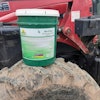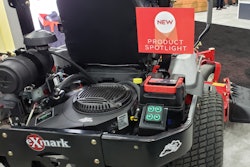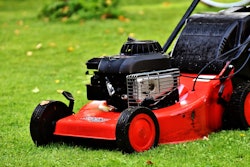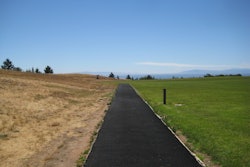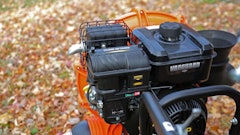The following is a rundown of the most common—and most preventable—causes of equipment downtime. Jason Hicks, service manager for West Chester Lawn & Garden in Liberty Township, OH, advises his landscape customers to put together a “preventative checklist” each crew chief should run through each morning before heading into the field.
Oil and Filters. An engine will eventually start to use some oil; typically units with over 1,000 hours of use that are out of warranty. “If oil isn’t properly added, you could end up with a ‘lack of lubrication’ failure, resulting in the need for a short block or complete engine replacement,” Hicks points out. “This is an $800 to $1,000 repair that could have been avoided by simply checking the oil.”
Change the oil within the first 10 hours of use, and then every 50 to 100 hours. Oil filters can be changed every other oil change. However, oil checks should be completed daily.
Air Filters. A clogged air filter can result in a rich-running engine, causing excessive carbon buildup. On the other hand, by keeping air filters clean or replaced, you will reduce dirt indigestion and increase air circulation.
“Keep a maintenance log for your units, and observe what the manufacturer recommendations are for service intervals,” Hicks says. “Stay close to those recommendations. Warranty can be denied when there has been a lack of maintenance.”
“Keep in mind,” adds Jay Gaskins of STI-Turf Care Equipment, “that not all air filters are created equal. There are different types for different applications. Consult with your dealer or owner’s manual to determine which is best suited to your needs.” STI has outlets in North and South Carolina, Virginia and Tennessee.
“Also remember to clean out the actual air filter box when replacing or cleaning air filters,” Gaskins continues. “Furthermore, I would suggest purchasing at least one extra filter and pre-filter with each new filter purchase—because if you have it on hand, you’re more likely to use it.”
Belt Condition. As inexpensive as they are, belts can result in very costly downtime and an unnecessary trip to the service facility. You might want to consider keeping extra belts in the truck that could be put on in the field.
Tire Pressure. Another thing you can do is keep an eye on tire pressure. Keeping tire pressures at correct levels will increase performance and efficiency, while also minimizing tire wear and flats.
There’s a side benefit when it comes to mowers: Properly inflated tires will improve cut quality. “Tire pressure is important for checking deck level,” Hicks explains. “A low tire on one side directly affects the cutting level—and quality.”
Blades. “Similarly, I don’t think it’s a mystery that sharp blades produce the healthiest and most manicured lawns,” Gaskins adds. “Sharp, balanced blades are also critical to the life of your machine. Unsharpened blades cause unneeded stress to pulleys, spindles, belts, engines, gear boxes and clutches. Additionally, unbalanced blades can cause abnormal vibration, resulting in spindle or gear box damage, not to mention long-term damage to the cutting deck components.”
Lubrication. High-revolution parts such as blade spindles and wheel bearings are critical to grease on a daily basis. The type of grease you use is also critical. For most applications, Gaskins recommends spending a bit more on a better grade of high-temperature grease, which won’t dissipate as quickly as a less-expensive, multi-purpose grease.
Finally, keep in mind that gear boxes for handheld equipment such as string trimmers and hedgetrimmers typically need special greases. Consult with your servicing dealer.

